|
We visited one of our daughters and her family in Texas recently. While waiting outside of a social security office for our daughter to take care of something, I spotted this lizard hunting for insects next to the sidewalk. About ten inches long including the tail, this is a Texas spotted whiptail. They are extremely fast-running lizards and they roam around, darting this way and that, as they hunt for insects. Despite their diminutive size, whiptails can run up to 17 miles per hour (27 kph). Whiptails feed in the heat of the day, often when the temperatures are over 100 degrees F (38 C). Interestingly, the Texas spotted whiptail has contributed (by mating with other whiptail species) to producing two hybrid whiptail species that only have females. You read that correctly... the Chihuahuan spotted whiptail and Laredo striped whiptail species do not have any males at all. These all-female species reproduce by a natural form of cloning called parthenogenesis. Without mating with a male, the female lays fertile eggs, which hatch as clones of the mother. It gets even stranger. Even though these females do not mate with males, they still go through a false mating ritual with other females, physically mounting and pretending to mate. Why? Because this act releases their internal hormones, triggering their production of one to five eggs, each containing a clone of the mother. Photo Credit: Texas spotted whiptail - Stan C. Smith
0 Comments
This is a relatively easy one. Let's think about this. People aren’t hobbits—we don’t put round doors on our houses. We don’t put round doors on schools. Gas stations, courthouses, factories, and Walmart stores? Nope, no round doors there. All rectangular. Even the hatches on airplanes and submarines are mostly rectangular, although they do have rounded corners. But a manhole, and the corresponding manhole cover—round as a moon pie. What’s up with that?
As it turns out, there are several reasons. As the saying goes, “safety first.” So, perhaps the most important reason for round manholes is that the covers cannot fall through the hole and bonk someone (presumably a “man”) on the head. A rectangular or a square cover could be turned in such a way as to fall through the hole. And if you’ve never picked up a manhole cover, they are heavy! Here’s another reason. Round covers are easier to fit onto the hole. They don’t have to be turned a certain way, as a square cover would. They’re heavy, remember, so no one wants to turn a manhole cover this way and that to get it to fit. And… you can’t cut yourself on the corner of a manhole cover if it ain’t got no corners (safety first, remember?). And finally… as if this weren’t enough reasons, round manhole covers are easier to move from one place to another. Instead of having two people carry one, a single person can simply roll it. Did you know colonies of army ants build complex nests using their own bodies? Most colonial ants excavate permanent nests in the ground or in structures like dead trees, but army ants make temporary nests with their own bodies! The name "army ant" actually refers to about 200 species, not all closely related. The name refers to their behavior rather than their lineage. Army ants deploy huge groups of millions of foraging predators. When a group encounters a prey animal, the ants attack in overwhelming numbers. Unlike other ants, army ants are nomadic, frequently on the move. They need to keep moving because they have so many ants in the colony that they quickly deplete the prey in any given area. And this is why they create temporary nests with their own bodies instead of permanent nests. Army ant colonies alternate between a nomadic phase and a stationary phase. During the nomadic phase, millions of them forage for prey during the day, but each night they form a temporary nest with their bodies, called a bivouac. They usually do this in tree trunks or burrows. The ants grab each others' legs with their powerful mandibles, creating a huge mass that looks kind of like a ball but is actually a complex nest with an orderly structure. The soldier ants stay on the outer surface to protect the colony, and the interior of the living nest has various chambers especially for food, ant larvae, ant eggs, and even a special chamber for the queen. Astoundingly, most army ant colonies (3-4 million ants) have all come from a single queen—the queen is a serious egg-laying machine. When the queen dies, the entire colony is likely to die because army ants do not have the ability to produce emergency queens. Sometimes, when a colony loses a queen, they will try to locate another related roaming colony that already has a queen and then join with that colony. If the colonies are closely related, they may be allowed to join. Here is a portion of a complex army ant bivouac. Photo Credits: - Army ant bivouac - Geoff Gallice from Gainesville, FL, USA, CC BY 2.0, via Wikimedia Commons We’ve all experienced the “grass is greener” syndrome. Well, I don’t know if everyone experiences the feeling—some people might think their situation is the best in the entire universe. Basically, the expression refers to the idea that there is something better that we are missing. I experience this often. When I go fishing, for example. I always think carefully about where I want to fish, weighing the options in my mind. Then, when I get to the spot I decided on, I start to wonder if I made the wrong choice: “I am at location A, but would I be catching more fish if I’d gone to location B? Yes, I’m pretty sure I would. Why-oh-why did I chose location A? I’m such an idiot!”
This is a minor example, with little to no consequences. Unfortunately, though, some people have “grass is greener” syndrome with regards to really important aspects of their lives. To solve this mystery, first we should figure out where the expression (an idiom, actually) came from. I used to think it came from the fact that cows and sheep are often seen stretching their necks through the fence to eat the grass on the other side. As it turns out, though, it probably came from a really old Latin proverb that was translated into English in 1545: The corne in an other mans ground semeth euer more fertyll and plentifull then doth oure own. If you haven’t guessed, the more modern translation is: The corn in another man’s ground seems ever more fertile and plentiful than our own. Hmm… maybe we should consider why grass is green in the first place. That way we can get some biology into this mystery. Basically, the color has to do with the pigment called chlorophyll. Most plants have little organelles called chloroplasts inside their cells. These chloroplasts contain molecules of chlorophyll. Chlorophyll molecules absorb certain wavelengths of light, especially red and blue. Green light, on the other hand, is reflected. That reflected green light hits the retinas of your eyes when you look at grass, which is why you perceive grass to be green in color. Now let's get to the question of why people (me included) sometimes have a tendency to believe the grass is greener on the other side. First, it's worth noting that sometimes the grass really is greener on the other side. For example, if someone is in a job they hate, or in an abusive relationship. In cases like that, the “grass is greener” syndrome is actually a healthy thing. However, why is the syndrome so common when we actually have no evidence that the alternative situation is any better than the situation we are in? I don’t really have any evidence that the other fishing spot would be any better on this particular day. So, why do I experience the “grass is greener” syndrome? Psychologists say it is based on fantasy and fear. The fear is easy to explain. Many people have a fear of boredom, or wasting time, or being unproductive, or missing out. And on the more serious side, a fear of being trapped by commitment, fear of losing one’s individuality, or fear of oppression. Where does the fantasy part come in? We tend to convince ourselves that, if we go to the greener side, we will get exactly what we want. That’s a fantasy because we have no evidence that we will get anything better than what we currently have. There is a new variation of the phrase, and I have decided to embrace it: “the grass is greener where you water it.” In other words, good situations come from the energy you put into them, not from dreaming about them. The other day I was testing out a new camera and this beautiful red-shouldered hawk happened to fly over me and land in a nearby tree, offering an opportunity for some photos. The hawk was studying the ground intently, probably watching some movement it had noticed, hoping it was a chipmunk or a vole. Besides rodents, these hawks eat snakes, toads, and crayfish. They sometimes eat birds, and we have seen them hanging around our bird feeders, waiting for a snack. Red-shouldered hawks are strictly forest hawks, spending most of their time hunting among the trees. They can be quite territorial. In fact, they will attack intruding crows and will lock talons with other hawks that come into their territory. They've even been known to attack humans they think are getting too close. Photo credit: - Red-shouldered Hawk - Stan C. Smith We need some basic information first. How are memories stored in your brain? As it turns out, a memory is actually a bunch of chemical changes that take place at the connection points (synapses) between the neurons in your brain. Your brain has a lot of synapses, something like 125 trillion (that’s trillion with a T… this is as many synapses as the number of stars in 1,500 Milky Way galaxies). Each memory, depending on its complexity, is stored by slightly changing the chemistry of thousands or even millions of these connections. And… each synapse could contain tiny portions of thousands of different memories.
With memories that aren’t considered important, those slight chemical changes don’t last long, and the synapses go back to the way they were before. That’s called short-term memory. However, if the memory is more important for some reason (perhaps an emotional event), those slight chemical changes become permanent. Those memories remain accessible when needed. That’s called long-term memory. My question is, what happens when those memories are no longer accessible? Are the chemical changes still there? If so, is there a way to access a memory even after it has been forgotten? As you can imagine, studying these chemical changes in humans is kind of difficult—for ethical reasons. You can’t ask someone to volunteer to have their brain exposed in order to look closely at these processes (and you sure as heck can’t do it without asking them). However, ethical research has been done with human patients while they were in the process of having brain surgery for other reasons. In one of these studies, a specific neuron in a patient’s brain consistently responded when the patient saw a picture of Jennifer Aniston by herself, but it would not respond when the picture showed Aniston with Brad Pitt. Maybe the patient had watched numerous episodes of Friends but did not know that Aniston and Pitt used to be married. But, I digress… How are these important memories eventually forgotten? It’s important to understand that the brain is changing constantly. The chemistries of the synapses are changing with every new memory. As these new memories are made, older chemical changes start to degrade. All kinds of complicated things happen. Similar memories start to merge into one. Sets of memories get isolated from newer memories and stay isolated until something happens in your life that triggers your ability to access them again. For example, you hear a song you haven’t heard in a long time. Tastes, smells, voices, certain words… these are all things that can reconnect those isolated memories to the present. So, can long-forgotten memories somehow be unearthed, like digging up an archeological site? Kind of. For some memories, the chemical changes at synapses become too degraded to ever be accessed again. However, for those chemical changes that are not gone forever, psychologists have figured out ways to present certain types of sensory stimuli that systematically rebuild some of those old connections to long-isolated memories. I like to think of it as mining the mind. Life's Great Mysteries - If someone is blind from birth, what do they see in their dreams?3/15/2024 Dreams are visual. In fact, my dreams are almost entirely visual—at least the parts I remember. If I were to rank the sensory aspects of my dreams, the top spot would be the visuals, followed perhaps by certain feelings, such as frustration (those pesky dreams where I have no lesson planned, but I have to teach a class right now) or euphoria (being able to fly). And, to be honest, those feelings often result from the visual aspects of the dreams. Occasionally, I remember sounds. For example, long ago I had an amazing dream about aliens invading Earth (they turned out to be friendly). Numerous ships of all sizes and shapes were zipping around or floating ominously in place. At one point, a dragonfly-sized robotic thingy flew up to me and hovered in front of my face, apparently checking me out, then it flew off. To this day I remember the chittering sound of its mechanical wings. But that’s rare—usually I don’t remember many of the voices or other sounds from my dreams. In my flying dreams, I remember feeling the cool night air as I fly over the trees. However, such touch sensations are few and far between. And, I don’t have any memories at all of smells in my dreams. So, for me, my dreams are mostly visual. Which is why this question is such a mystery to me. What do blind people experience in their dreams?
According to the Sleep Foundation, it depends on how long the person has been blind. Not surprisingly, those who became blind later in life do indeed experience visual dreams. After all, they've had visual experiences, which their minds can recreate in dreams. However, those with congenital blindness (blind from birth) are more difficult to study, and researchers disagree on the answer. Why is it difficult to study their dreams? Think about it… they have no experiences with vision, therefore they have no experiences from which to describe visual dreams. This makes it difficult for a researcher to determine if the subjects’ verbal descriptions really describe visual scenes. Interestingly, researchers have found that many congenitally-blind people are able to draw pictures of what they “saw” in their dreams, in the same way that sighted people can. To me, this is convincing evidence that congenitally-blind people can have visual dreams, even though they have never seen anything in their entire life. Most researchers, however, believe blind people have far fewer visions in their dreams than sighted people. And, as when they are awake, their minds make up for the lack of visual experiences by increasing other sensory experiences, such as sound, taste, touch, and smell. I haven’t had one in quite a while, but I used to have recurring dreams in which I could fly. But I could only lift off the ground if I concentrated hard enough. And I always flew at night, when people couldn’t see me. In these dreams I had these incredibly visual scenes of flying over darkened trees and buildings. In other dreams, I’m trying to solve some problem or get something right (without ever having success, of course). Then, when I wake (assuming I remember the dream), I feel like I’ve had that same scenario in numerous previous dreams.
The question is… did I really dream about those same scenarios in previous dreams, or do I just think I did? After all, dreams are snippets of things that have happened to you (or things you’ve imagined, such as flying) while you were awake. In other words, by definition, dreams should always seem kind of familiar. So, are recurring dreams actually recurring, or do they just seem to be recurring? As it turns out, according to the Academy of Sleep and Wellness, 60 to 75 percent of adults really do experience recurring dreams. And for whatever reason, recurring dreams are experienced more by women than by men. People report that these recurring dreams may take place over a span of weeks, or months, and sometimes throughout their entire life. Interestingly, the majority of recurring dreams are considered nightmares, involving unpleasant or frustrating situations, such as falling, losing your teeth, being chased by something, or being unprepared for an exam. Most of the articles I found contained tips for how to stop recurring dreams. Hmm… okay, I do have one recurring dream I wouldn’t mind stopping. It’s my teacher version of the exam dream mentioned above. It always involves me being unprepared for a class I must teach, and I find out the class is starting like, right now. I have this dream all the time, even though I’ve been retired from teaching for years. However, most of my recurring dreams are positive, even euphoric. The flying dream is an example. Another example is being outside somewhere, and the scenery is bizarrely beautiful, or I keep finding impossibly beautiful animals, such as snakes with rainbow colors. I don’t want advice on how to stop these recurring dreams, I want to advice on how to make them happen more often. Did you know the pronghorn (sometimes called the American antelope) is the fastest running animal in North America? Adults can run 55 miles per hours (88 km/hr). At only four days old, a pronghorn calf can outrun a human.
The pronghorn is not really an antelope, as antelopes are native to Africa, India, and Asia. People started calling pronghorns antelopes simply because they have a vague resemblance to some of the true antelopes. The closest living relatives of the pronghorn are giraffes and the okapi. Okay, so why are antelopes so incredibly fast? Partly because they live in open prairies where the only way to escape predators is running. But this doesn't explain why they are so much faster than other prairie mammals—white-tailed deer and mule deer have top speeds of only 35 mph (56 km/hr). And the pronghorn is far faster than the fastest living predators in North America. Why? One good explanation is that the pronghorn evolved alongside some of the fastest predators in North America that are now extinct, such as the two species of American cheetah. These two big cats went extinct about 16,000 years ago, but the pronghorn still exists and is still as fast as it needed to be to escape the American cheetahs. Pronghorns are slower than modern cheetahs (of Africa and Iran), but pronghorns can run at top speed for far longer, which probably allowed them to escape from American cheetahs most of the time. This is one of those questions often asked as a joke. Kind of like “Why is there only one word for thesaurus?” Or… “Do fish get cramps after eating?” Or… “What do little birdies see when they get knocked unconscious?” Or… “Is boneless chicken considered to be an invertebrate?” Those are just silly questions (or are they?), but it occurs to me that the sour cream question could actually be legitimate. After all, sour cream is a dairy product created by subjecting regular cream to bacteria cultures. The bacteria turn the lactose into lactic acid, which is sour. The process also thickens the cream. So, if the cream has already been “attacked” and soured by bacteria, why bother with an expiration date? Well, these good bacteria that sour the cream by making lactic acid are not particularly well trained. Nor are they sentient. Nor would they care what we think even if they were sentient. What I’m trying to say is, the bacteria have no interest in stopping what they like to do, which is gobble up lactose then “poop” out lactic acid (which people gladly pay good money to consume, by the way). Nope, these bacteria will just keep on keeping on. Therefore, when the cream gets just enough bacteria poop to taste yummy to humans, the humans put the stuff in the refrigerator to slow down the bacteria, then they slap a price tag on it and sell it. Do the bacteria know about the refrigerator and the price tag and the selling? Of course not. They keep on eating and pooping, although at a much slower rate. Eventually, even in the fridge, they will make your sour cream have too much lactic acid (as well as other waste products), and then your sour cream has officially gone sour. It will be sour sour cream. Oh, and don’t forget there are other bacteria, not to mention mold, that would happily gobble up your sour cream. Those little critters start getting into your sour cream the moment you open the container, and they produce waste products that are nasty. In fact, some of those waste products can turn you into a double-barreled Old Faithful (although less pleasant to watch). So, it’s wise to pay attention to the expiration date. And one more thing… don’t try to make sour cream by letting your regular cream sit out and turn sour. Real sour cream is made by first pasteurizing the cream (killing the bad bacteria), then carefully introducing the good, lactose-munching bacteria, all in a sterile, clean environment. Photo Credit: - Sour cream - Stan C. Smith |
Stan's Cogitations
Everyone needs a creative outlet. That's why I write. Archives
July 2024
|

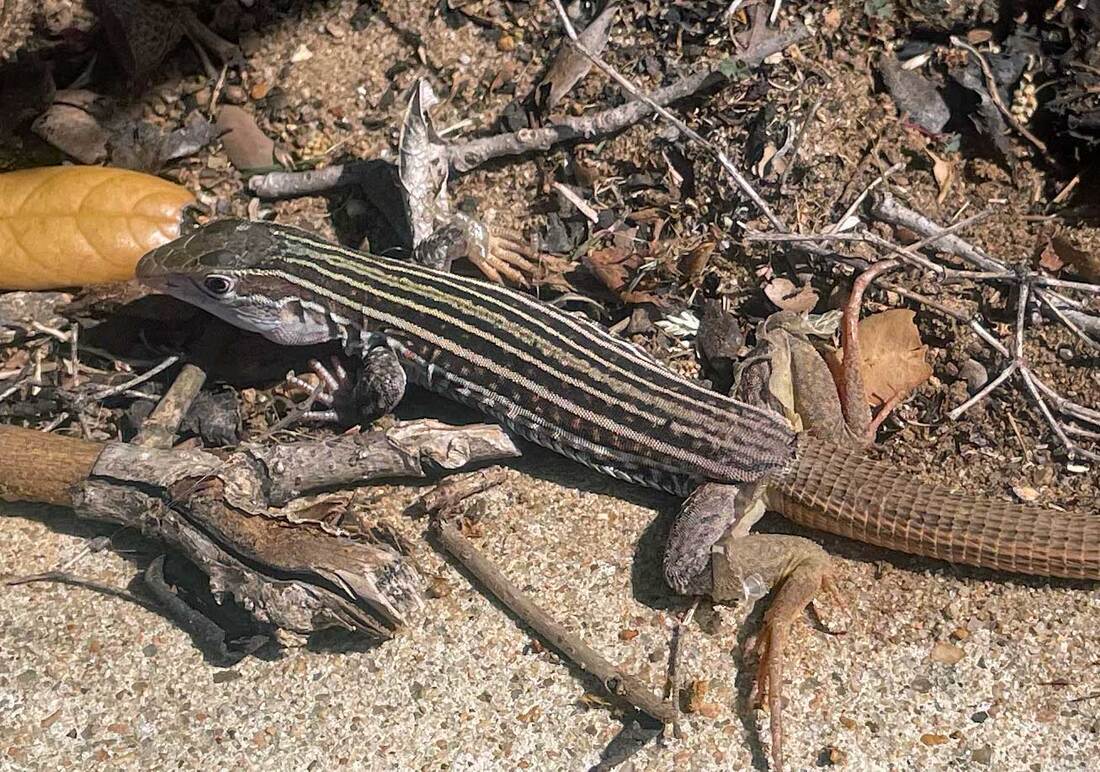
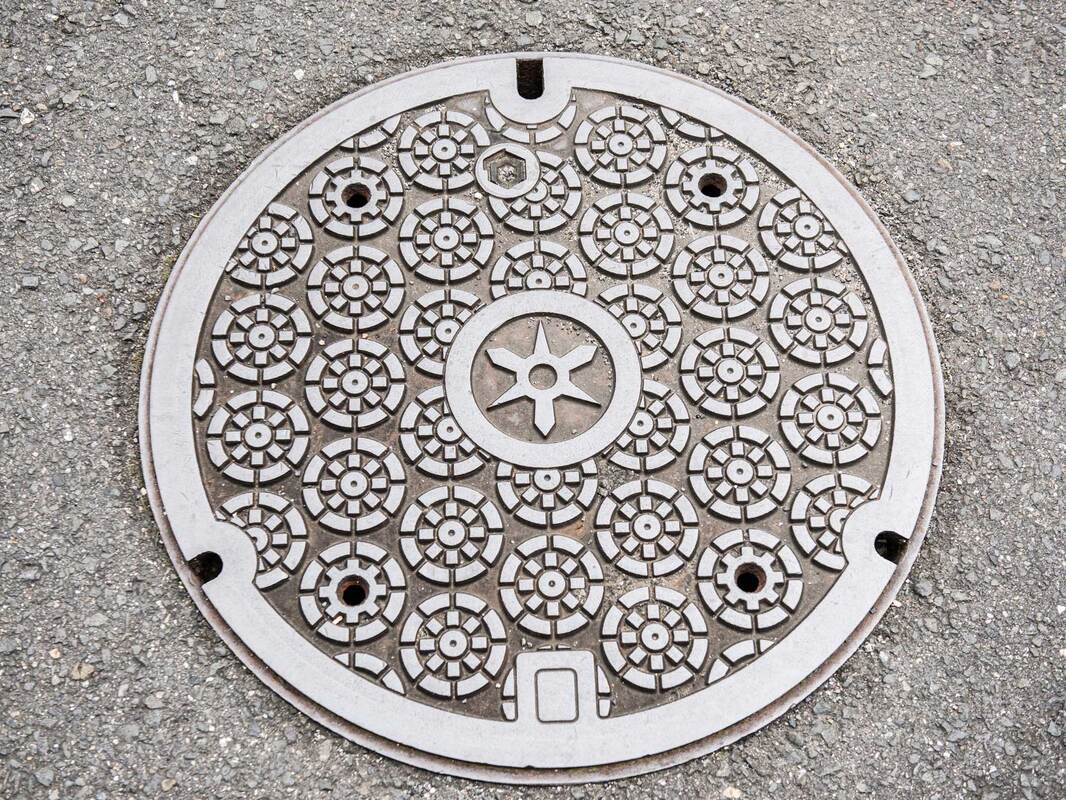
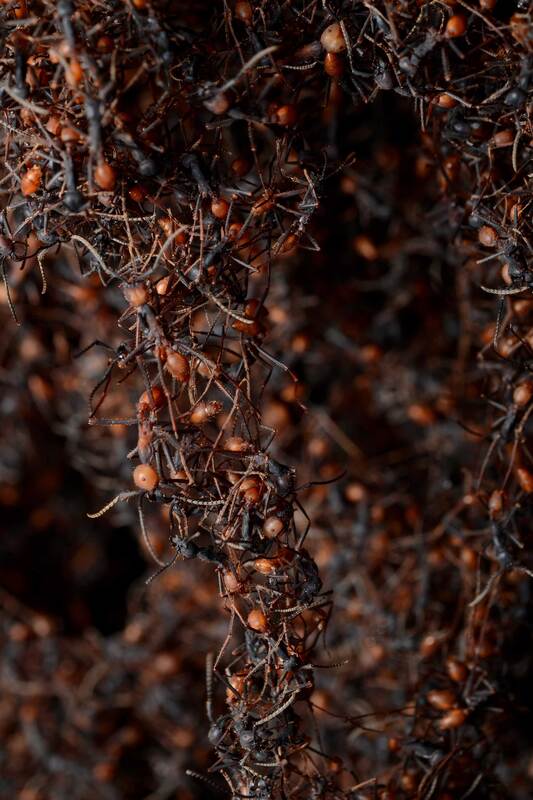
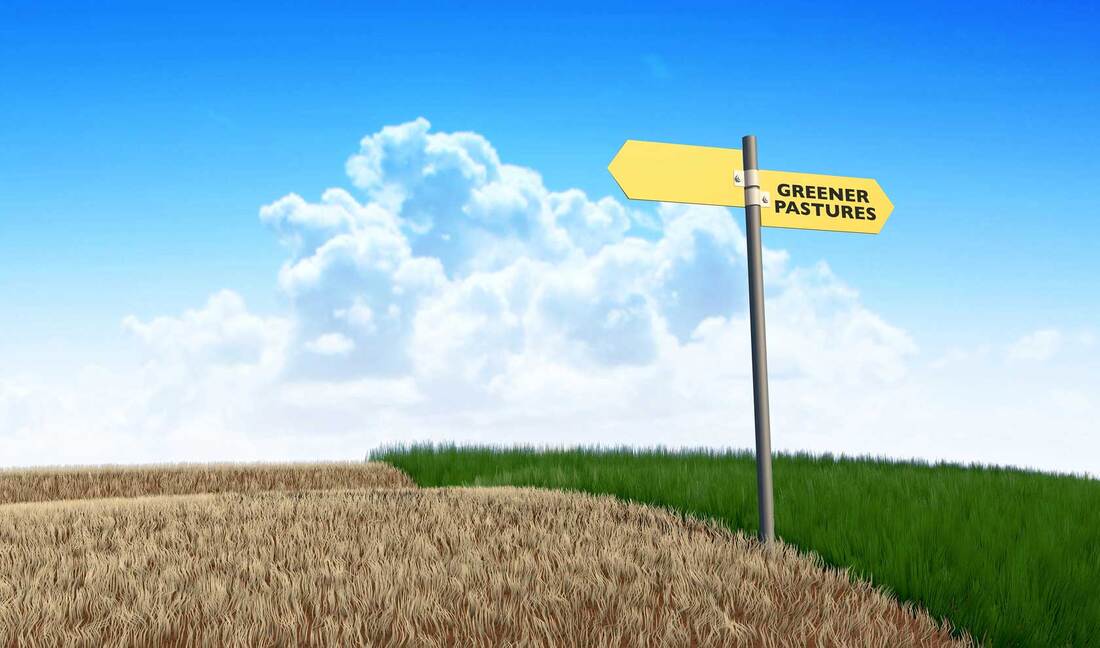
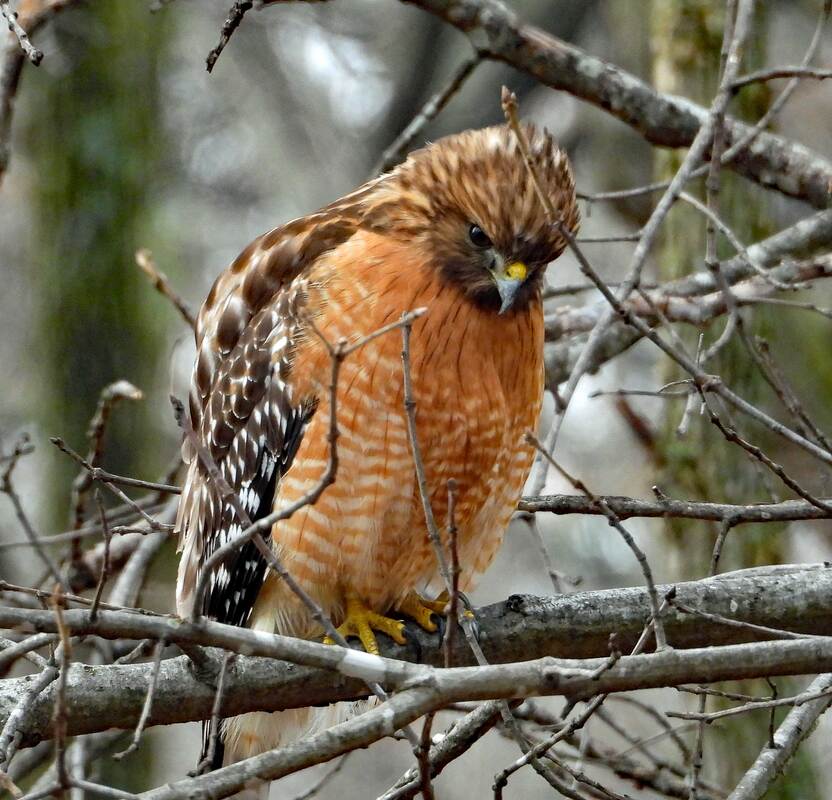



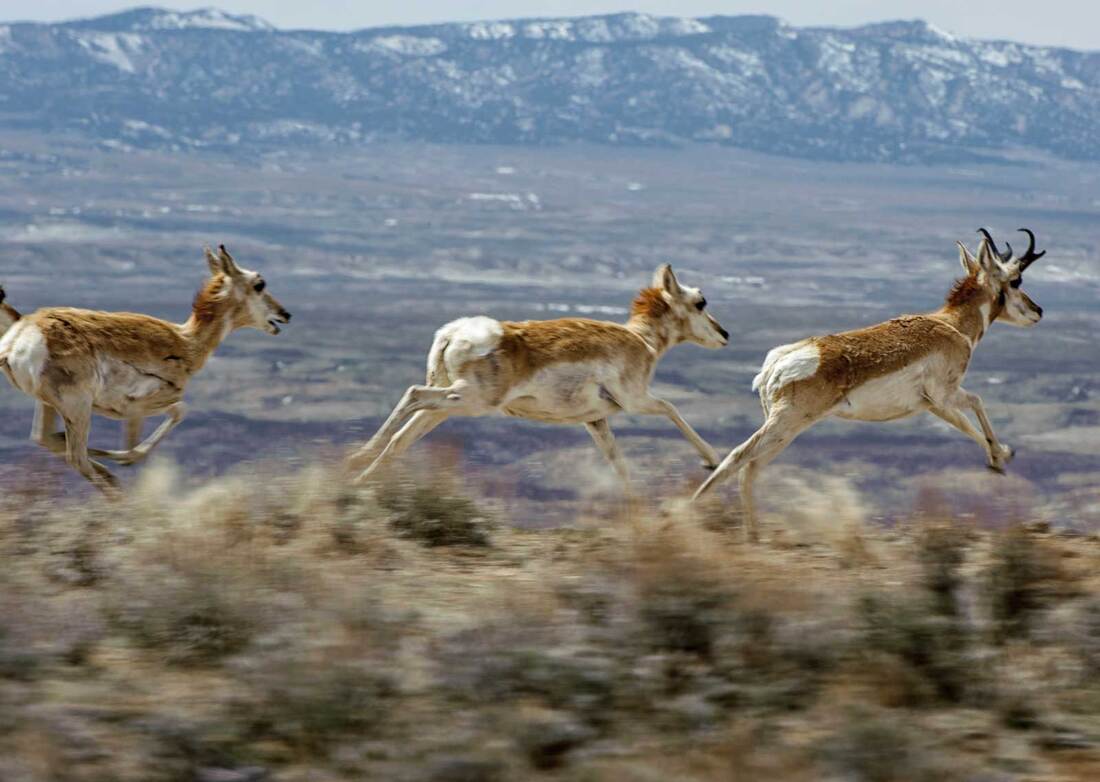
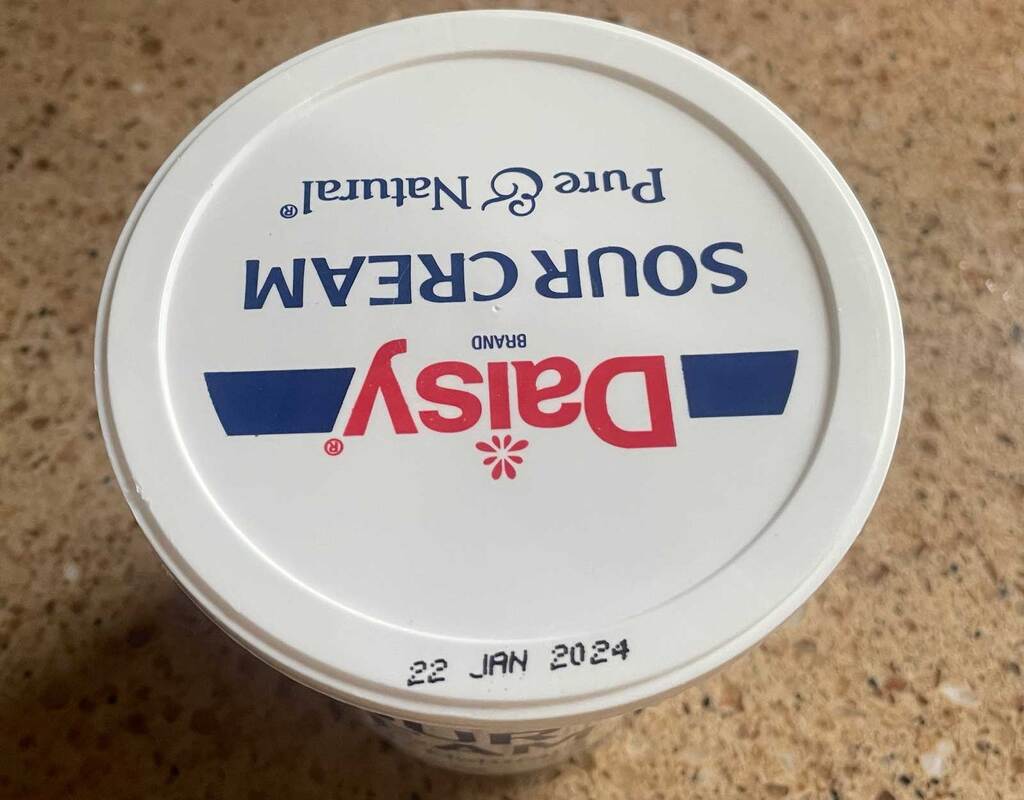
 RSS Feed
RSS Feed